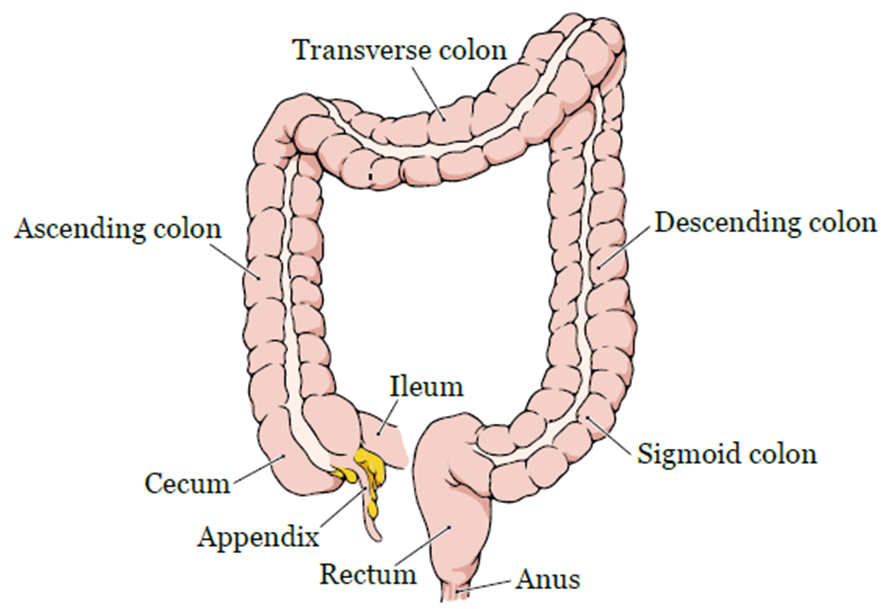A nurse is providing an in-service about repositioning clients and the use of lift pads for immobile clients. What is the rationale for placing lift pads under an immobile client?
The pads will keep the staff from workplace injuries such as a pulled muscle.
The pads will absorb any urinary incontinence and contain stool.
The pads will help prevent friction and shearing when repositioning the client.
The pads will prevent the client from being diaphoretic.
The Correct Answer is C
Choice A reason: While lift pads can help reduce the risk of workplace injuries for staff, such as pulled muscles, this is not their primary purpose. The main goal of using lift pads is to protect the client from injury during repositioning. Lift pads distribute the client’s weight more evenly, making it easier for staff to move them without straining themselves.
Choice B reason: Lift pads are not designed to absorb urinary incontinence or contain stool. There are specific products like incontinence pads and briefs for managing urinary and fecal incontinence. Lift pads are primarily used to assist with the safe repositioning of immobile clients.
Choice C reason: The primary purpose of lift pads is to help prevent friction and shearing when repositioning the client. Friction and shearing can cause skin damage and pressure ulcers, especially in immobile clients. Lift pads reduce the risk of these injuries by allowing smoother and safer movements.
Choice D reason: Lift pads do not prevent clients from being diaphoretic (sweating excessively). Diaphoresis can be managed through other means, such as adjusting room temperature, using fans, or providing appropriate clothing and bedding. Lift pads are not intended for this purpose.
Nursing Test Bank
Naxlex Comprehensive Predictor Exams
Related Questions
Correct Answer is A
Explanation
Choice A Reason:
A 24-hour urinary output of 380 mL indicates oliguria. Oliguria is defined as a urine output of less than 400-500 mL per day in adults. This condition can be caused by various factors, including dehydration, kidney dysfunction, or postoperative complications. Monitoring urine output is crucial for assessing kidney function and overall fluid balance, especially after major surgeries like a colon resection.

Choice B Reason:
A 24-hour urinary output of 550 mL is slightly above the threshold for oliguria. While it is still relatively low, it does not meet the strict criteria for oliguria, which is typically defined as less than 400-500 mL per day. This output suggests that the client is producing an adequate amount of urine, though it may still warrant close monitoring to ensure it does not decrease further.
Choice C Reason:
A 24-hour urinary output of 600 mL is within the normal range and does not indicate oliguria. Normal urine output for adults is generally considered to be around 800-2000 mL per day, depending on fluid intake and other factors. This output suggests that the client’s kidneys are functioning properly and that there is no immediate concern for oliguria.
Choice D Reason:
A 24-hour urinary output of 720 mL is also within the normal range and does not indicate oliguria. This output is closer to the lower end of the normal range but still suggests adequate kidney function. It is important to continue monitoring the client’s urine output to ensure it remains within a healthy range, especially after surgery.
Correct Answer is C
Explanation
Choice A Reason:
Lubricate the suction catheter tip with sterile saline is important to ensure smooth insertion and reduce trauma to the tracheal mucosa. However, this is not the first step. Preoxygenation is crucial to prevent hypoxia during the suctioning process.
Choice B Reason:
Perform chest physiotherapy prior to suctioning can help mobilize secretions, making them easier to remove. While beneficial, it is not the immediate first step. Ensuring the client is adequately oxygenated takes precedence.
Choice C Reason:
Hyperventilate the client on 100% oxygen prior to suctioning is correct. This step is essential to prevent hypoxia during suctioning. Suctioning can temporarily reduce oxygen levels, so preoxygenating the client helps maintain adequate oxygenation throughout the procedure.
Choice D Reason:
Suction two to three times with a 60-second pause between passes is a recommended practice to allow the client to recover between suctioning attempts. However, this step follows the initial preoxygenation.
Whether you are a student looking to ace your exams or a practicing nurse seeking to enhance your expertise , our nursing education contents will empower you with the confidence and competence to make a difference in the lives of patients and become a respected leader in the healthcare field.
Visit Naxlex, invest in your future and unlock endless possibilities with our unparalleled nursing education contents today
Report Wrong Answer on the Current Question
Do you disagree with the answer? If yes, what is your expected answer? Explain.
Kindly be descriptive with the issue you are facing.
